The rise in popularity of the Braces Cleaning Electric Toothbrush reflects a growing demand for intelligent, orthodontic-friendly oral care. These devices often come equipped with pressure sensors, smart timers, and AI-assisted tracking systems. However, with this advancement comes a pressing question from both users and distributors: Is the interaction between braces and brush triggering unexpected sensor failure?
This blog takes a deep dive into the engineering concerns behind the functionality of braces-oriented brushes, and whether design choices are inadvertently compromising sensor integrity.
To meet the unique challenges of orthodontic hygiene, the Braces Cleaning Electric Toothbrush is designed with:
These features are invaluable for wearers of braces, where plaque buildup and gingival irritation are common concerns. Yet, this same intricate interaction between hardware and braces metalwork can sometimes result in performance irregularities.
When sensor failure occurs, users may experience:
In B2B distribution, such malfunctions not only affect user satisfaction but also increase return rates, erode brand trust, and strain after-sales service.
The potential link between braces and sensor failure can stem from several factors:
These challenges highlight the need for sensor calibration specifically tailored to orthodontic applications.
Manufacturers looking to minimize sensor failure in Braces Cleaning Electric Toothbrush designs should consider:
Proactive collaboration between R&D and orthodontic specialists can help fine-tune detection parameters for complex oral environments.
One OEM partner reported a 7% early failure rate in orthodontic brushes within the first three months. After teardown analysis, the culprit was traced to unshielded sensor circuits reacting to trace current induced by brushing metal braces.
By revising the board layout and applying conductive shielding, the manufacturer reduced the sensor failure rate to below 0.5%—transforming a problem into a value-added feature and differentiating their brush line as “braces certified.”
A Braces Cleaning Electric Toothbrush should be more than just a repurposed standard model. It must anticipate the physical and electrical complexities that come with orthodontic care. Proper sensor engineering is the key—not just to preventing sensor failure, but to unlocking the full potential of smart oral hygiene.
At POWSMART, we specialize in developing adaptive sensor systems that perform reliably in demanding environments, including those with orthodontic braces. We help our B2B partners reduce failure rates, enhance product lifecycle, and stand out in a competitive market where precision matters. Contact us
-300x300.jpg)
-300x300.jpg)
-2-scaled.png)
How to Boost Brand Value through Partnering with a Teeth Whitening Device Factory
.jpg)
sonic electric toothbrush Anchorage
Can Head Loosening and Filter Fouling Reduce Cleaning Efficiency?

Is 3% Hydrogen Peroxide Strong Enough to Whiten Teeth? An OEM Manufacturer’s Insight

Kids’ Smart Toothbrush Customization: Fun & Safe Brushing Solutions

Custom Smart Toothbrush Manufacturing: From Design to Mass Production
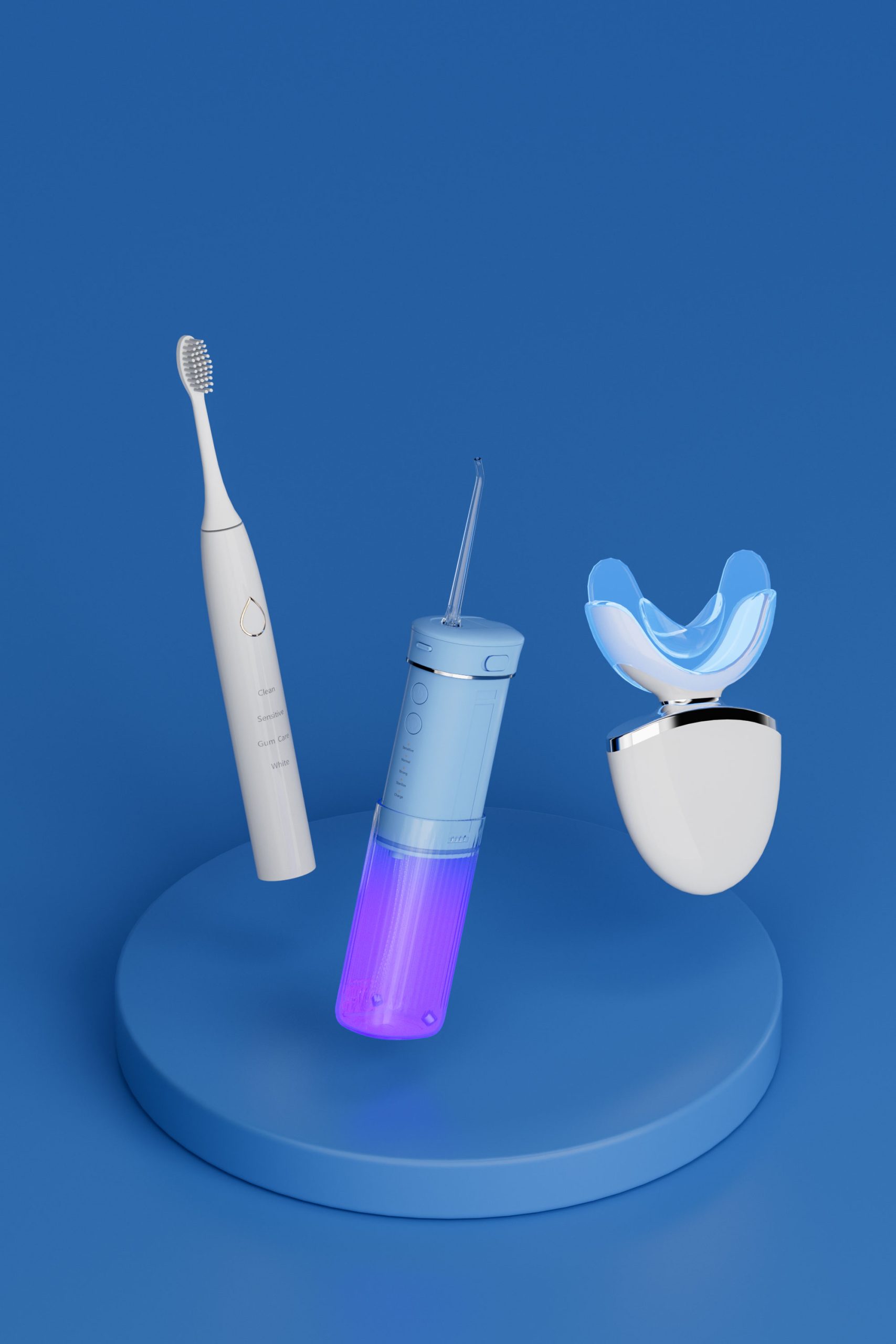
Moldy Water Flosser Tank? It Harms Users and Your Brand Reputation
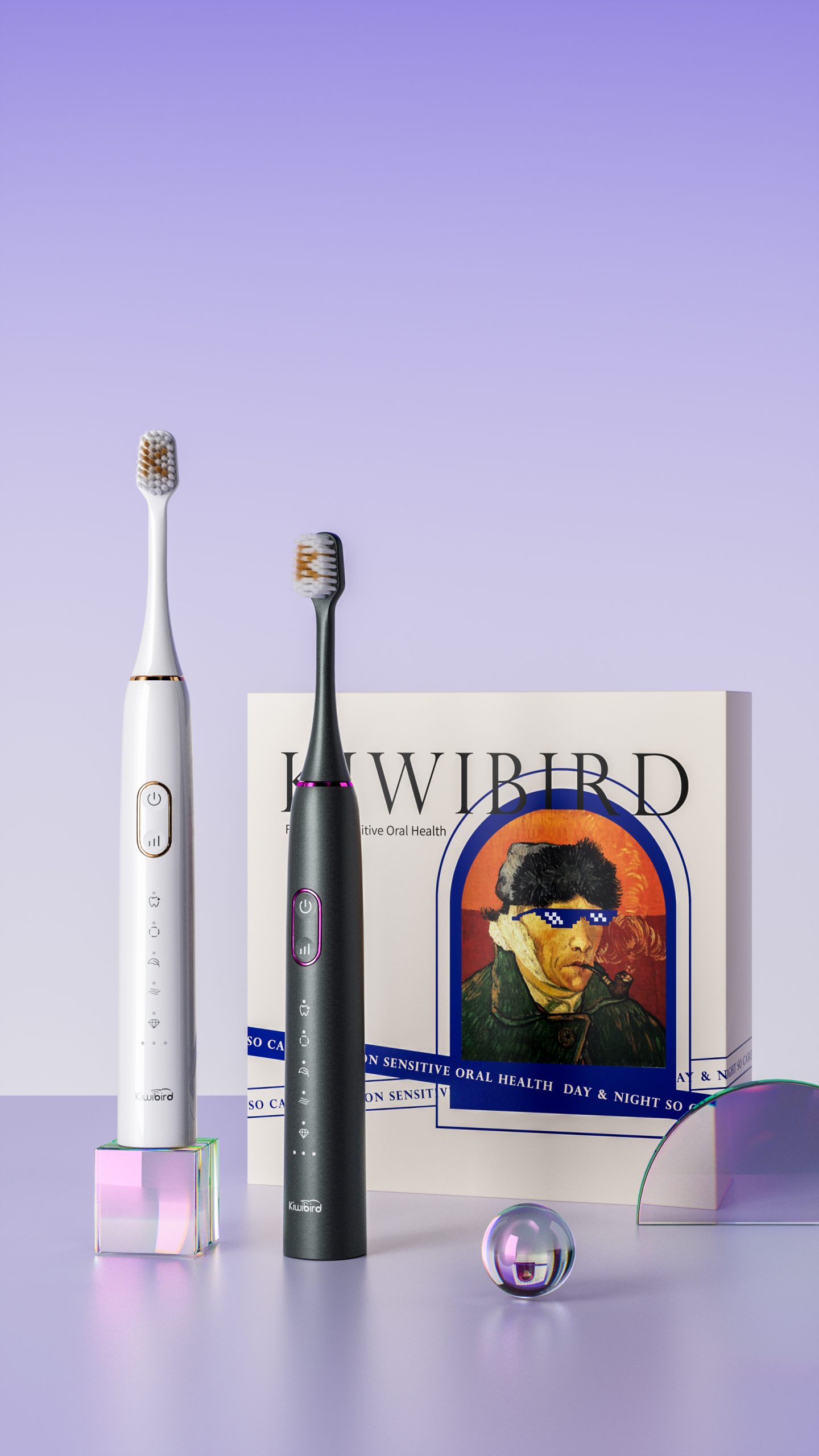
Does Non-Toxic Kids Brush OEM Risk Child Safety?
How to Use an Electric Toothbrush Properly for Maximum Oral Hygiene
.jpg)
What Are Typical Electric Toothbrush Delivery Lead Time and Electric Toothbrush Payment Terms?
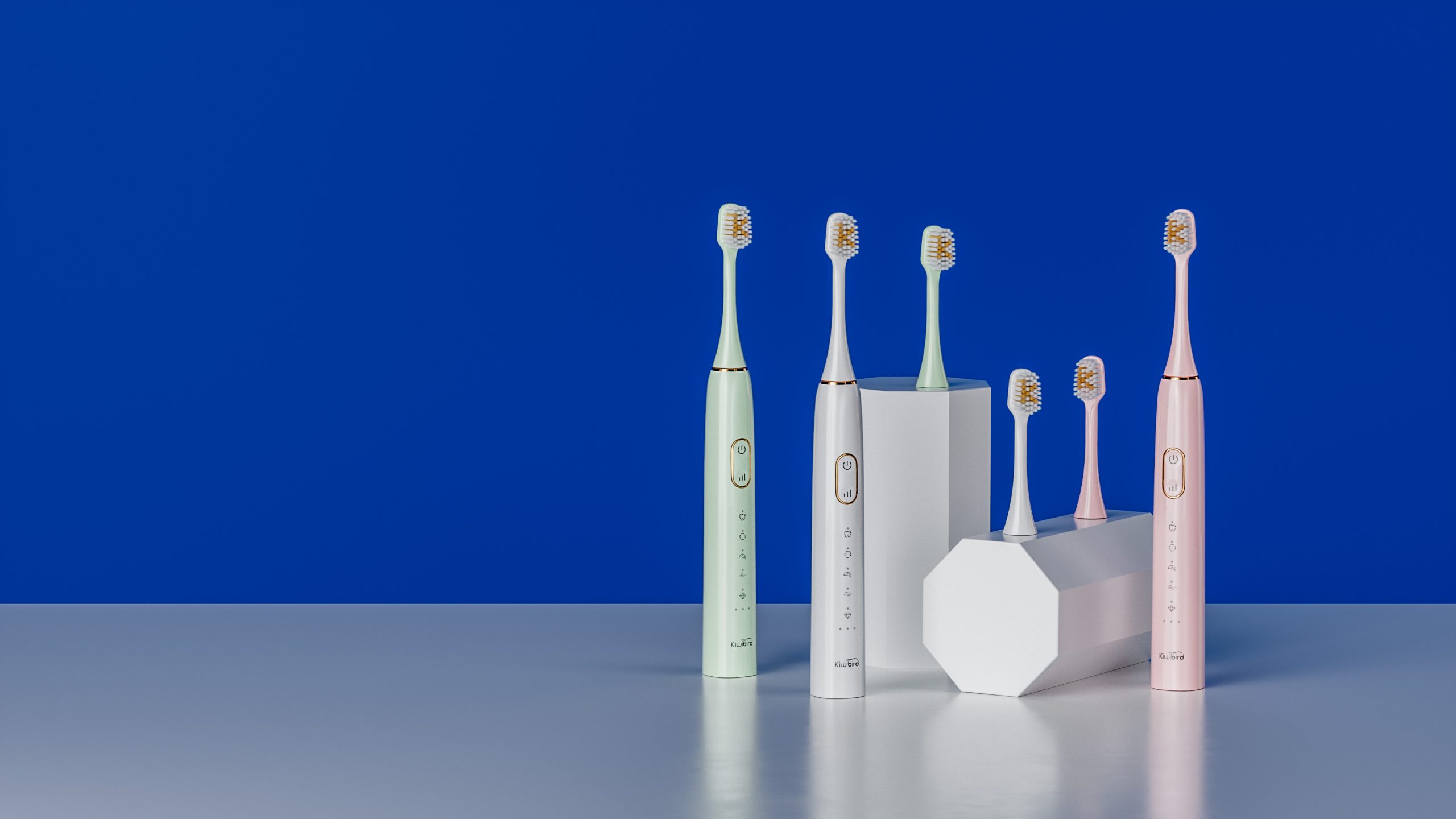
The Importance of Continuously Adding New Products to Oral Care Brands

How Charging Methods Impact Your OEM Electric Toothbrush Strategy
.jpg)
Sourcing Water Flosser Manufacturers: Key Considerations for Oral Care Brands
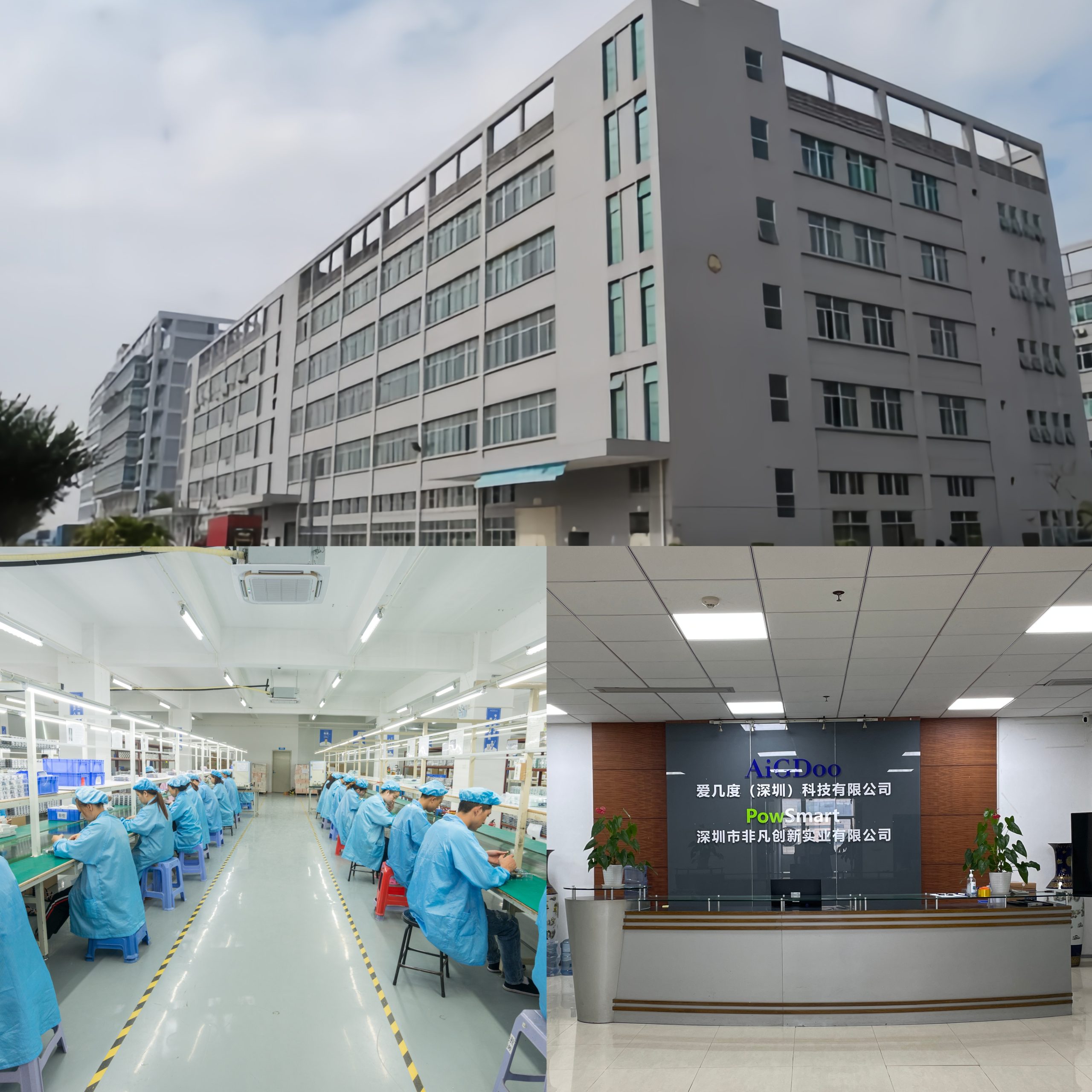
Why Smart Electric Toothbrushes Are Oral Care Market Trends and in Demand
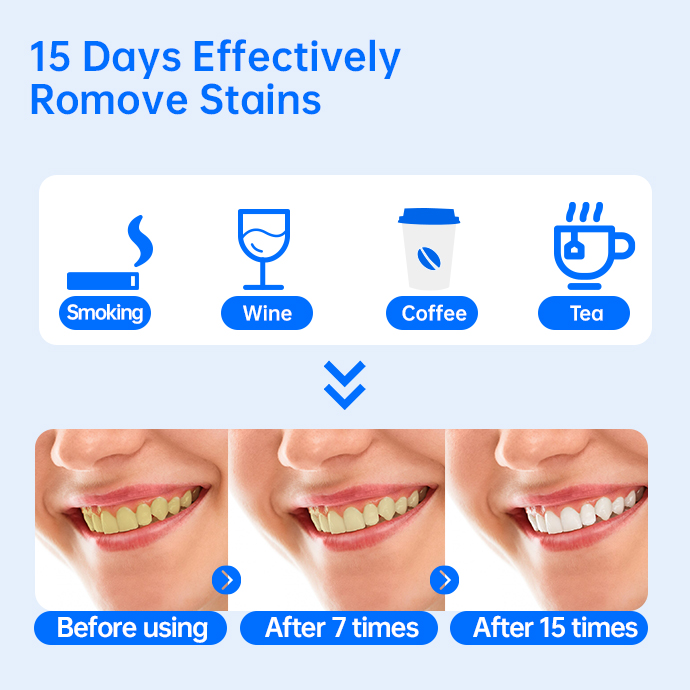
Planning Electric Toothbrush Custom Design?

Is Toothbrush for Coffee Stain Teeth’s Whitening Mode Ineffective?

electric toothbrush heads Deep Clean

Customization Teeth Whitening Gel

Private Label Whitening Gel

electric toothbrush heads Charcoal Infuse-Round

electric toothbrush heads Ultra Soft

Electric toothbrush heads Charcoal Infused-Diamond
.jpg)
Florida Electric Toothbrush – Powsmart PTR-C8

electric toothbrush heads Regular Clean
whstapp
whstapp
National Toll-Free Service Hotline
+86 755 86238638